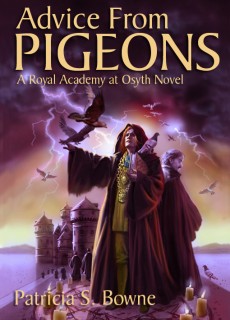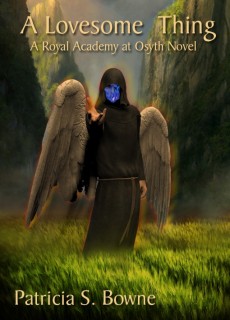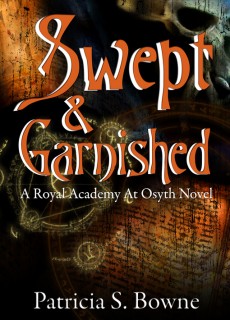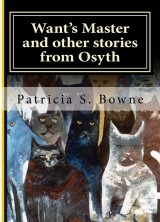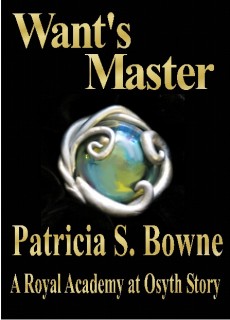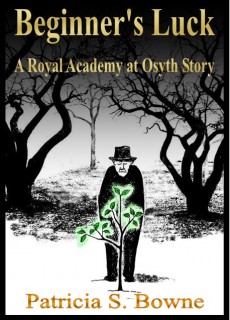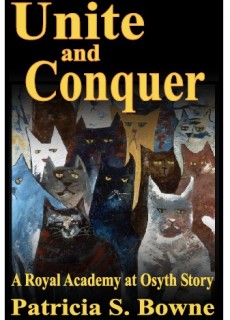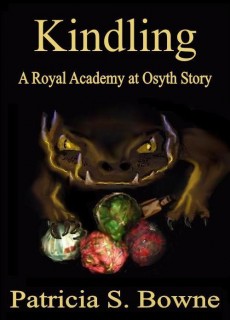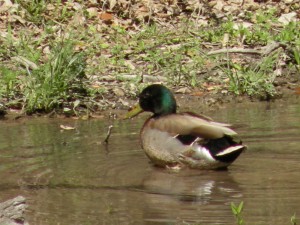 Someone asked me yesterday why Rho, the protagonist of Advice From Pigeons, studies incubi in ducks.
Someone asked me yesterday why Rho, the protagonist of Advice From Pigeons, studies incubi in ducks.
Actually, Rho studies incubi in ducks because it is the hot topic in his field. Like a good PI, I steered my character toward a research area with career prospects.
Incubi being the demons of lust, they are intimately involved in livestock breeding; hence the discipline of veterinary lechery. Controlling them is a challenge, though. How do you make an incubus possess one individual animal? How do you make it stay in that animal, until he has bred with all the females? Incubi are flighty, and usually leave their host immediately after sex. Except in ducks.
Researchers have known for a long time that male ducks, particularly mallards, are highly sexed individuals. Male mallards engage in standard courtship, male-on-male activity, and what mundane scientists term ‘Forced Extra Pair Copulation:’ in Davis’ (2002) study, almost half of the male mallards were ‘forcers.’
Mundane scientists try to explain this kind of thing by hormone levels, social position, and natural selection. Veterinary lechers know that these drakes are in fact possessed by incubi. But do the incubi remain in their hosts throughout the breeding season, or are mallards simply re-possessed immediately after each mating? Rho’s observations in the field, filming possessed mallards with the camera lucida, settled this question. A significant number of mallard drakes are continuously possessed by individual incubi for entire breeding seasons.
Now Rho’s challenge is to build on this work, finding out why mallards can attract and retain incubi and how we can do the same. Today’s little man filming ducks from up in a tree may be tomorrow’s viagra millionaire!
For those of you who are true duck sex fanciers, here’s a link to the famous duck penis eversion video.

